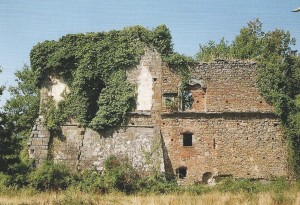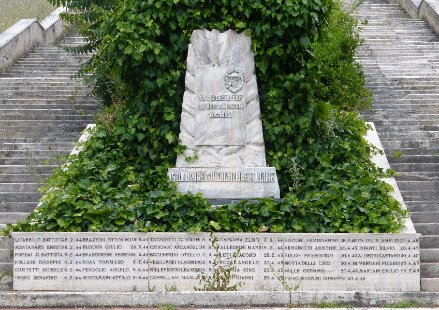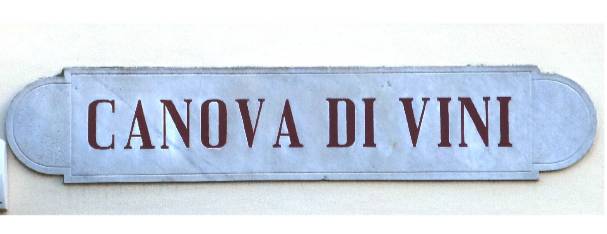
Along the Via Maremmana which crosses the Bagno a Ripoli area, on the wooded slope of Poggio Florence, are the evocative remains of an important castle. This is the so-called Palazzaccio, also known as the Palazzo dei Diavoli (Palace of the Devils): a majestic and quaint ruin with elegant windows on walls covered with ivy and a massive tower reinforced by massive escarpments. It was a defensive castle built in the thirteenth century by the Da Gavignano to guard the ancient transhumance road. In 1434, it was bought by the powerful Florentine family, the Benci, and in 1550 it passed to the Capponi until the nineteenth century.
In addition to the military role it has held for centuries, it has also had an economic purpose, controlling the transit of goods, animals and people on the important Maremmana road that passes nearby.
As any self-respecting castle, this also has its myths and legends. Many say there is a mysterious underground passage connecting it with the nearby castles of Tizzano and Musignano to form a defensive triad for the entire territory. Given its infernal appearance, one believed that devils and witches met there for their rituals and, of course, we could not forget the legendary “goose that lays the golden eggs” buried within it.
Throughout its long history, the castle has attracted the interest of would-be treasure hunters and scholars, poets and archaeologists who have been fascinated by this building surrounded by woods, over which has always hovered the mystery of its origin and its decay.
We recall the “Antellesi Pastors” and the scientist Lorenzo Magalotti who visited it in the seventeenth century. In the nineteenth century, Luigi Torrigiani carried out his studies according to which the castle was partially destroyed not by a landslide but by popular uprisings against “the feudal lords who pillaged the travelers like thieves on the street and vexed the poor peasants in every way.” In 1896, Guido Carocci concluded his report with these words: “It is a ruin that is rapidly disappearing due to lack of any repairs and it is deplorable that an extremely picturesque structure with some interesting architectural parts is lost in this way.”
Massimo Casprini








